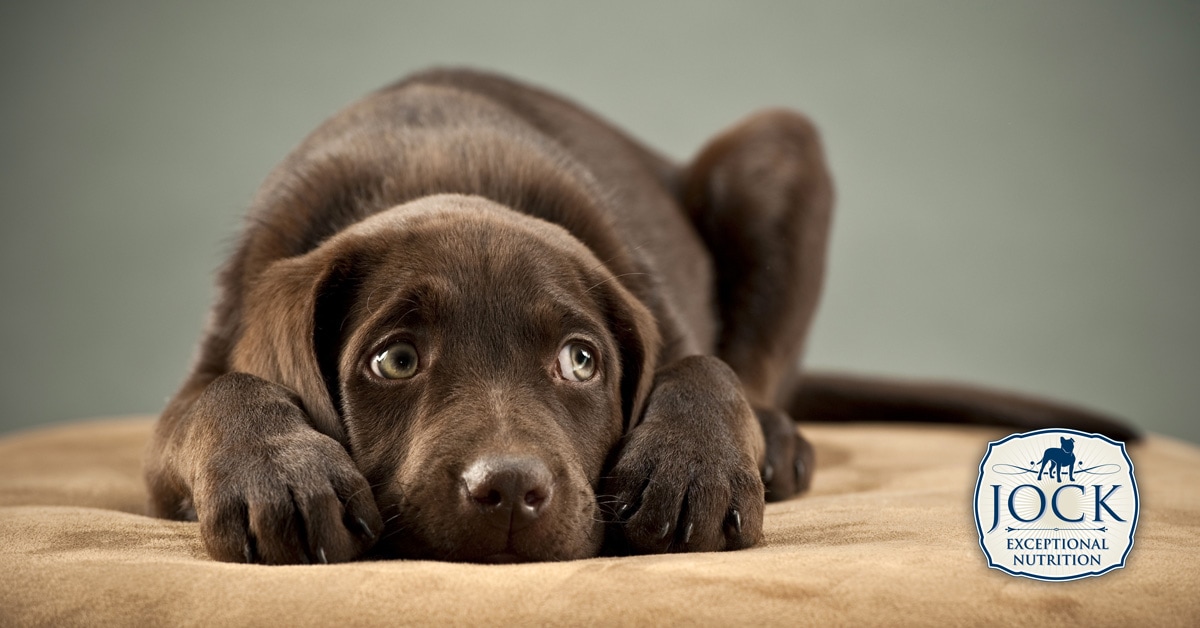Guy Fawkes is a notoriously bad time for dogs, and with the event happening this month, we thought we’d take a look at how you can help calm your dog down in situations of extreme fear or stress. From what signs to look out for to simple at-home remedies, we spoke to expert animal behaviourist, Lara Nobre on how to identify anxiety in your dog and how to reassure them when they are scared.
Signs of anxiety in dogs
Because dogs have far better hearing than humans, they do not cope as well with sudden loud noises and can become seriously anxious during celebrations where fireworks are present, concert events or even during heavy thunderstorms.
A scared dog will behave out of the ordinary, which owners should take as the first sign that something is wrong. This can include pacing or restlessness, hiding, barking, whining or howling, a tucked tail, loss of appetite, loss of bladder or bowel control, shaking or trembling, excessive panting and attempts to escape, amongst others.
How to help your scared dog
If your dog shows signs of anxiety, it is natural to want to pet them and reassure them that everything will be okay. This sign of affection, however, is not doing them any favours as it only confirms to the dog that there is something to be afraid of. The most important thing you can do to reassure your dog when you expect your dog is scared, is to stay home with them. Because dogs pick up on their owner’s emotional state, you should also try and act as normal as possible, as this will help soothe your dog too.
On Guy Fawkes or during thunderstorms, bring your dog indoors and shut all doors, windows and curtains to block out the noise and flashes of light. You can also turn up the TV slightly or play some music at a reasonable level to drown out the loud bangs. It is best to do this ahead of time when your dog is already relaxed. To make sure your dogs are relaxed, try taking them on a nice long walk or run late in the afternoon and then feed them their meal. This will assist in draining their energy and will help them be slightly calmer.
If your dog finds a hiding spot in the house (under a chair, in a cupboard, etc.), it is important to leave them be. You can bring them their favourite blanket to burrow into for comfort, but respect the space they have chosen, as long as it is safe for them.
You can also speak to your vet about supplements or medication to help your pet manage their anxiety a little better. A pheromone collar (found at some vet clinics and well-stocked pet shops) can assist in keeping your dog calmer by releasing a dog-appeasing pheromone (DAP), which is naturally found in a lactating female to calm and reassure her puppies. It needs to be fitted on your dog at least a few hours prior to a stressful event – or even a day or two before – as the longer your dog wears the collar, the better.
It is important to note that in times of extreme fear your dog can go into a blind panic and run away in an attempt to escape and become lost. As a precautionary measure, you should also make sure that your dog is adequately tagged or micro-chipped to make locating them much easier should they run away.


